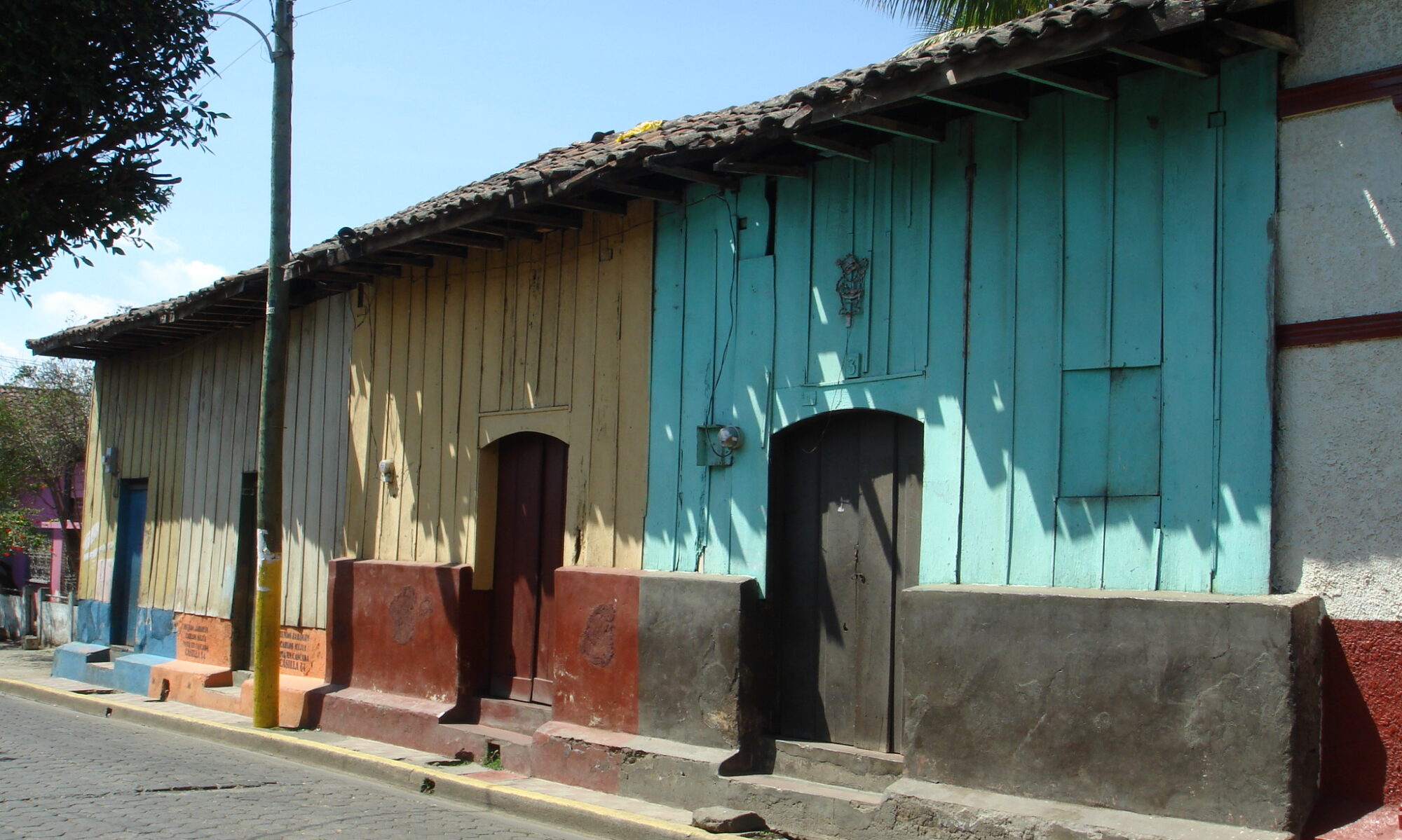by Behrokh H. Hashemi, Mohsen G. Ashtiany
This housing type is commonly used for low-rise building construction in Iran, mainly for family apartment buildings. This structure is characterized with a special type of semi-rigid beam-to-column connection called “Khorjinee connection.” This connection consists of a pair of continuous beams spanning over several columns and connected to the column sides by means of angle sections. Beam and column are welded to the angle section. A major problem with the Khorjinee connection is that it is very difficult to improve the rigidity of the connection in the weak direction (the direction perpendicular to the connection) since the crossed beams are connected to the web of Khorjinee beams. Thus, in the weak direction of the frames, the connections are considered as pinned (hinges) and the bracing is used to resist seismic loads. However, in the Khorjinee direction, since the possibility of using the bracing is very limited, the frame is considered a rigid structure. Also, out-of-plane partial beam-to-column transfer of bending moment and early onset of failure in the angles are the most likely causes of failure for a building subjected to lateral earthquake loads. These buildings are vulnerable in earthquakes (e.g., 1990 Manjil earthquake).


